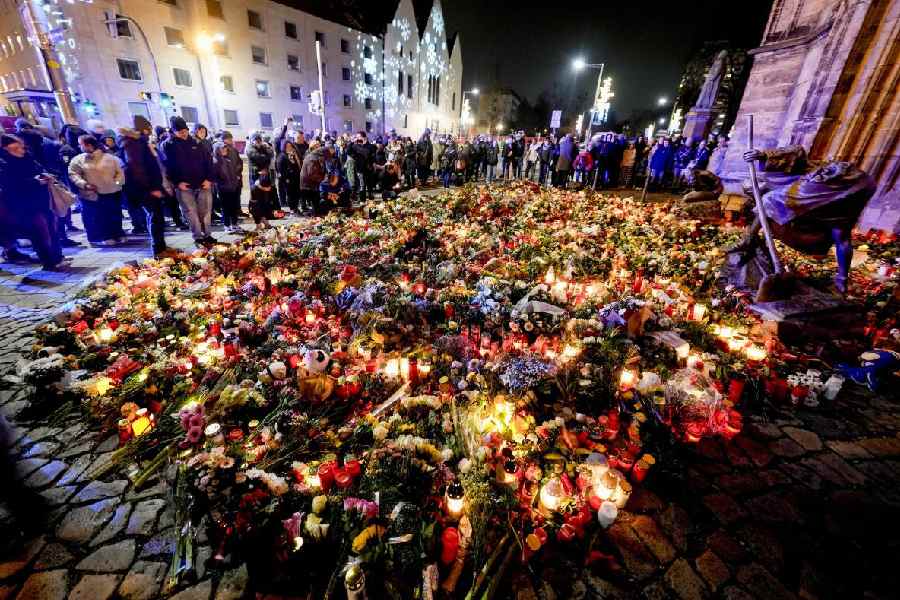Human-caused climate change dialled up the thermostat and turbocharged the odds of this month’s killer heat that has been baking the southwestern US, Mexico and Central America, a new flash study found.
Sizzling daytime temperatures that triggered cases of heat stroke in parts of the US were 35 times more likely and 1.4° Celsius hotter because of the warming from the burning of coal, oil and natural gas, World Weather Attribution, a collection of scientists that run rapid and non-peer reviewed climate attribution studies, calculated on Thursday.
“It’s an oven here; you can’t stay here,” 82-year-old Magarita Salazar Pérez of Veracruz, Mexico, said in her home with no air conditioning. Last week, the Sonoran Desert hit 51.9° Celsius, the hottest day in Mexican history, according to study co-author Shel Winkley, a meteorologist at Climate Central.
And it was even worse at night, which is what made this heat wave so deadly, said Imperial College of London climate scientist Friederike Otto, who coordinates the attribution study team. Climate change made nighttime temperatures 1.6° Celsius warmer and unusual evening heat 200 more times more likely, she said.
There’s just been no cool air at night like people are used to, Salazar Pérez said. Doctors say cooler night temperatures are key to surviving a heat wave.
At least 125 people have died so far, according to the World Weather Attribution team.
“This is clearly related to climate change, the level of intensity that we are seeing, these risks,” said study co-author Karina Izquierdo, a Mexico City-based urban advisor for the Red Cross and Red Crescent Climate Centre.
The alarming part about this heat wave, which technically is still cooking the North American continent, is that it’s no longer that out of the ordinary anymore, Otto said. Past studies by the group have looked at heat so extreme that they found it impossible without climate change, but this heat wave not so much.
“From a sort of weather perspective in that sense it wasn’t rare, but the impacts were actually really bad,” Otto told The Associated Press in an interview.
“The changes we have seen in the last 20 years, which feels like just yesterday, are so strong,” Otto said. Her study found that this heat wave is now four times more likely to happen now than it was in the year 2000 when it was nearly 0.5° Celsius cooler than now. “It seems sort of far away and a different world.”
While other groups of international scientists — and the global carbon emissions reduction target adopted by countries in the 2015 Paris climate agreement — refer to warming since pre-industrial time in mid 1800s, Otto said comparing what’s happening now to the year 2000 is more striking.
“We’re looking at a shifting baseline — what was once extreme but rare is becoming increasingly common,” said University of Southern California Marine Studies Chair Carly Kenkel, who wasn’t part of the attribution team’s study. She said the analysis is “the logical conclusion based on the data”.
The study looked at a large swathe of the continent, including southern California, Arizona, New Mexico, Texas, Oklahoma, Mexico, Guatemala, El Salvador, Belize and Honduras and the hottest five consecutive days and hottest five consecutive nights. For most of the area, those five days ran from June 3 to 7 and those five nights were June 5 to 9, but in a few places the peak heat started on May 26, Otto said.










